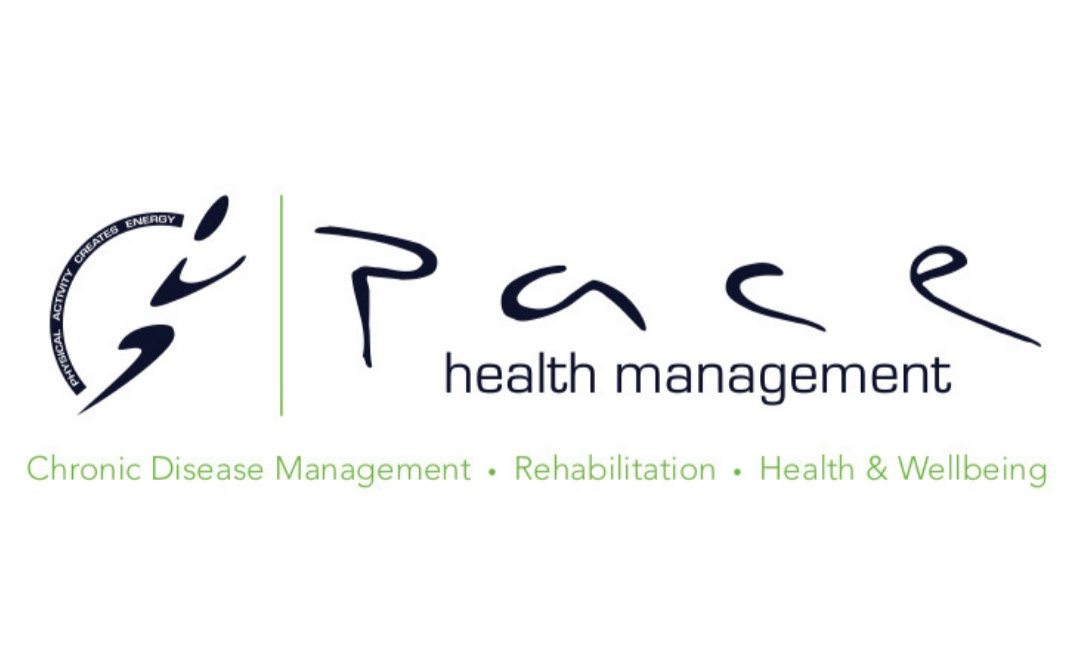Hypertension – How exercise plays a role in keeping your heart happy
Hypertension, or high blood pressure as it is commonly known, is one of the most common cardiovascular conditions, and currently affects over one third of our population.
Hypertension is a serious condition and can have a role as a risk factor for other cardiovascular diseases including coronary artery disease, stoke and heart failure.
What is hypertension?
Blood pressure is a measurement of the force of the blood pushing against the blood vessel walls and will fluctuate regularly to adjust to the needs of our body.
Hypertension occurs when the force of the blood pushing against the blood vessel walls is elevated over a sustained period of time. This elevated pressure is dangerous as it increases the workload of the heart and can cause damage to the heart, arteries and kidneys.
Blood pressure below 120/80mmHg is considered safe, with blood pressures higher than this being classed as more dangerous - click here for the classifications.
Hypertension often has no symptoms and has been referred to as a ‘silent killer’, making it important to have your blood pressure regularly checked by your GP.
How can exercise help me manage hypertension?
In many cases for hypertension, shifting your lifestyle which includes regular exercise, is the first line of treatment.
Research has shown that exercise is extremely beneficial for the management and prevention of hypertension, with current guidelines centered around completing both aerobic exercise and resistance training.
Research has reported that individuals who participate in regular aerobic exercise will experience, on average, a 7mmHg reduction in systolic blood pressure, and a 6mmHg reduction in diastolic blood pressure.
This is an important finding as research estimates a 5mmHg reduction in systolic blood pressure is associated with reduced risk of death due to stroke and coronary artery disease. Additionally, these reductions in blood pressure have been shown to last for up to 24 hours following a bout of exercise! Exercise still helps keep you healthy even when you stop!
It has also been suggested that regular resistance training has beneficial effects in reducing blood pressure, when performed at a moderate to slow speed.
Importantly, we know this for a fact: there is a direct relationship between exercise and blood pressure has also been reported, meaning that higher levels of exercise are expected to provide greater health benefits. Additionally, those with higher blood pressures are likely to experience greater reductions in blood pressure with regular exercise training.
So how much exercise should I do to prevent/manage hypertension?
As aerobic exercise can lower blood pressure for up to 24 hours, it is recommended that moderate intensity aerobic exercise training is completed on most days of the week (5-7 days), for a minimum of 30 minutes.
These 30 minutes of aerobic exercise can be broken up into 10-minute bouts and will still provide the same benefits for blood pressure management. It has been recommended that resistance training is completed on 2-3 non-consecutive days per week, incorporating 2-4 sets of 8-12 repetitions, targeting the major muscle groups.
Need more advice?
With the help of one of our expert accredited exercise physiologists, an exercise program consisting of a combination of cardiovascular and resistance training can be implemented, to assist in the prevention or management of hypertension.
Physical activity is a major piece of the puzzle, one that the team down at Pace Health Management would love to help piece together. For additional information or support, contact one of our Accredited Exercise Physiologists to help look after cardiovascular health.
References:
Australian Institute of Health and Wellness, High blood pressure, AIWH.
Heart Foundation
Moore, G, Durstine, L, & Painter, P 2016, ACSM’s Exercise Management for Persons With Chronic Diseases and Disabilities, Human Kinetics, Lower Mitcham, South Australia.
Sharman, JE, Smart, NA, Coombes, JS, Stowasser M 2019, ‘Exercise and sport science australia position stand update on exercise and hypertension’, Journal of Human Hypertension, doi:10.1038/s41371-019-0266-z.

